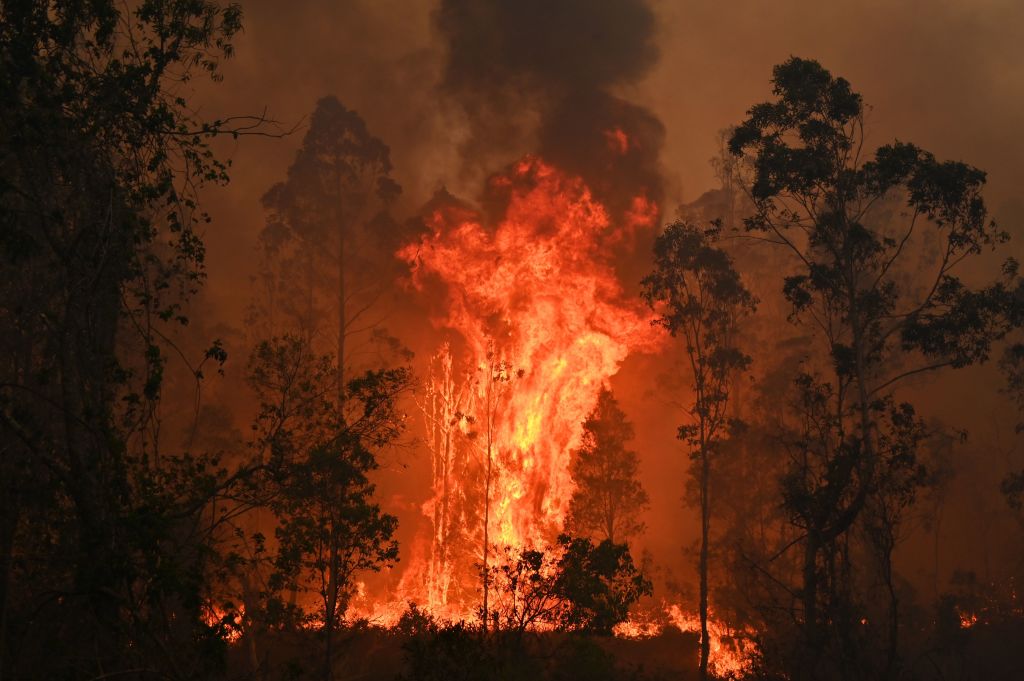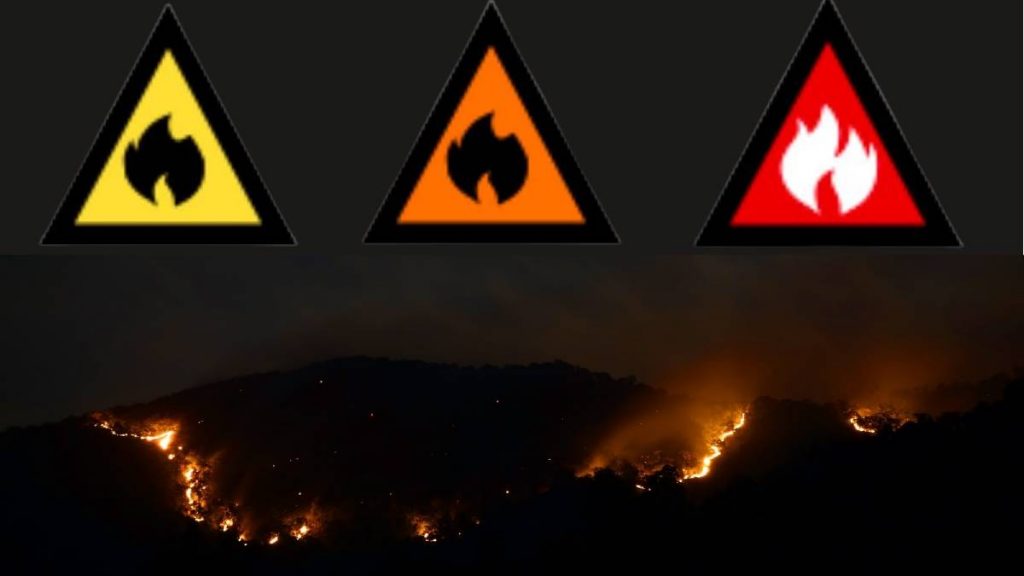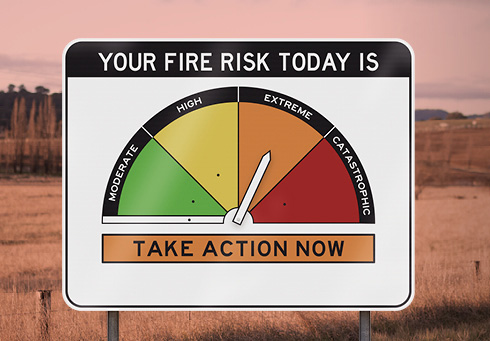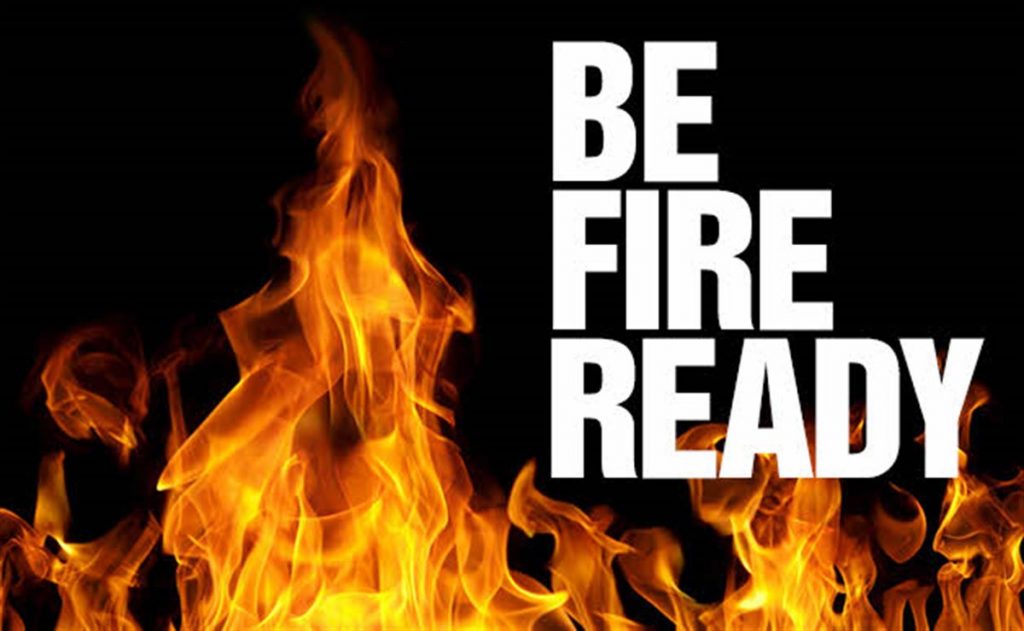Bushfires
We all know the threat of bushfires in NSW and that’s why it’s so important that you understand how to stay safe if you live in a bushfire area.
The NSW Rural Fire Service website has a broad range of materials on its Resources page about levels of bushfire risk, and how to prepare for bushfires.
If you live in a bushfire prone area, we highly recommend you download and complete their Bushfire Survival Plan.
Bushfires can occur suddenly and without warning. You might not receive an official warning about a bushfire or be told when you need to leave. It is important to be prepared to respond with little or no warning to bushfires, especially during the bushfire season, if you live in a high risk area.

Bushfire information for people who are deaf or hearing impaired
Bushfire Information for those who are Deaf or Hearing Impaired is a useful resource for finding out about accessible sources of bushfire information from Media Access Australia.
Bushfire Alert Levels
During a bush fire, Alert Levels are used by the NSW Rural Fire Service to give an indication of the level of threat from a fire.
The NSW Rural Fire Service Fact Sheet on Bush Fire Alert Levels provides information on how to interpret the different risk levels.

Fire Danger Ratings
The NSW Rural Fire Service also has Fire Danger Ratings which explain the different levels of fire danger and what they mean.
It is important to familiarise yourself with the ratings and understand the safest course of action for each of the levels.

My Fire Plan
The NSW Rural Fire Service and Fire & Rescue NSW have a resource to help you plan and respond to the threat of fire called My Fire Plan.

Fires Near Me App
This is the official App of the NSW Rural Fire Service (RFS), It provides information on current bushfires across NSW that are being attended by the RFS and other emergency service agencies. It also provides up to date information on Total Fire Bans.
You can set up the App to notify you of any fires within a radius of your home.
iTunes app download link
Android app download link
Assistance for Infirm, Disabled and Elderly Residents (AIDER)
The AIDER Program (Assistance for Infirm, Disabled and Elderly Residents) is a one-off free service provided by the RFS to assist people to prepare their homes for the bushfire season. If you are eligible, RFS volunteers will assess your property and provide services which may include clearing gutters, removing branches, or thinning vegetation.
To find out if you are eligible for the AIDER program call (02) 8741 4955 or visit AIDER Program.
Neighbourhood Safer Spaces
Neighbourhood Safer Spaces (NSPs) are buildings or open spaces in a community that can provide a higher level of protection from bush fires. Councils in fire prone areas will provide details of NSPs, and you can also find out where your local NSP is from your local Rural Fire Service.
NSPs are the best places to go if you are unable to leave your area during a bushfire, but they should not be relied on in preference to leaving early.
NSPs may not be accessible for those with mobility needs, and may not have appropriate facilities for toileting etc. They may not be suitable to comfortably accommodate assistance animals, and may lack facilities like drinking water and power supply, so it is wise to know where your local NSPs are, and know what level of accessibility and facilities they provide, in advance.
You could include details of your local NSP in your emergency plan which is covered in Step 4 – Preparing Yourself for an Emergency.
